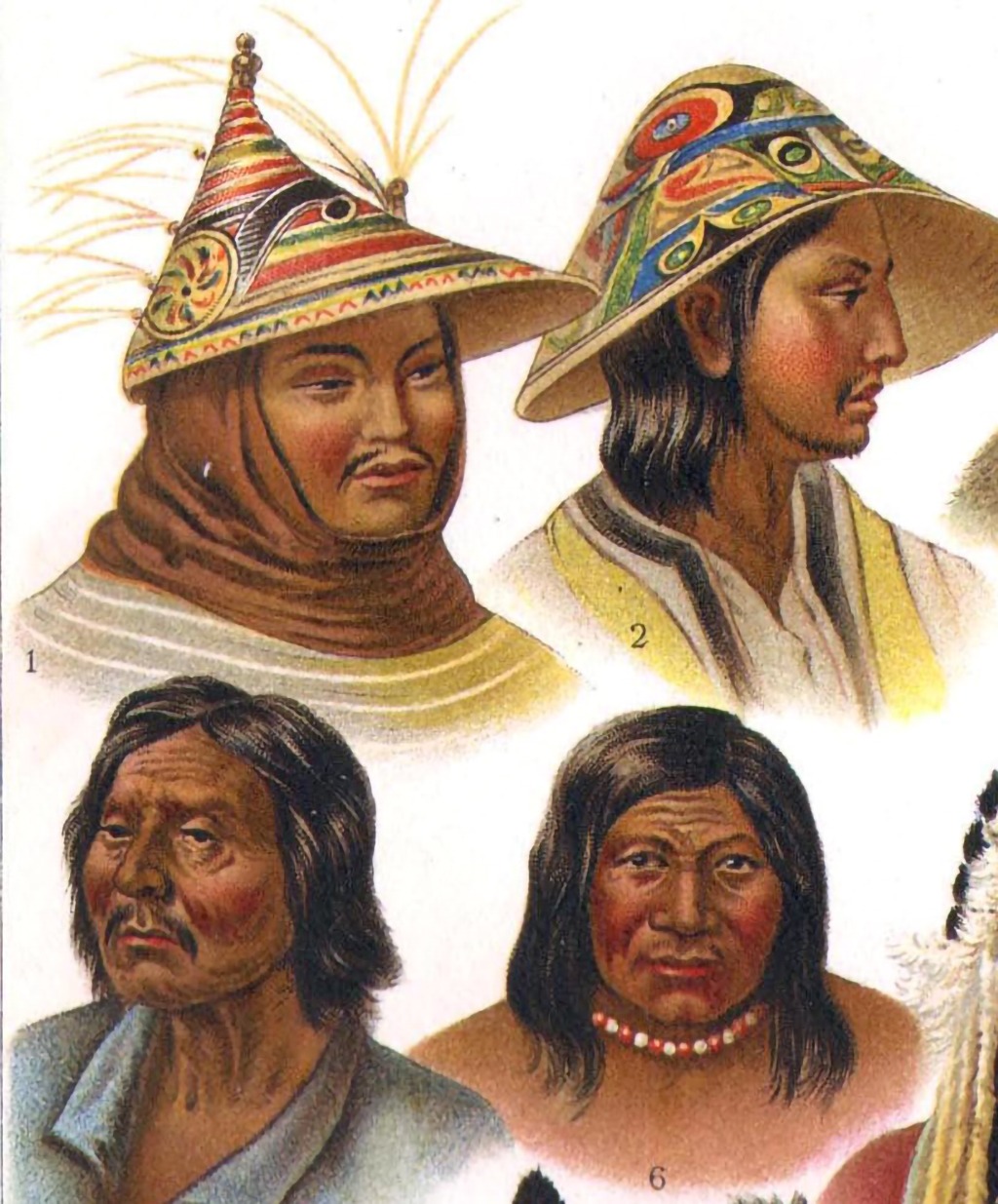
Natives in South & Central America: Mexicans Aren’t Native Americans?
How Come Mexicans Aren’t Considered Native Americans?
Dive into the complexities of Indigenous identity in the Americas. Explore why Mexicans are often excluded from the term “Native American,” despite shared ancestry and cultural ties, and uncover the historical and societal factors that shape these distinctions.

How Come Mexicans Aren’t Considered Native Americans?
When discussing Indigenous peoples of the Americas, the term “Native American” often sparks debate, especially when applied to individuals from Mexico, Central America, and South America. While it’s clear that Indigenous populations in these regions share roots with those in the U.S. and Canada, societal, historical, and cultural distinctions have shaped our understanding of identity.
Understanding the Shared Roots
Anthropological research shows that all Indigenous peoples in the Americas descended from groups that migrated from Siberia via the Bering Land Bridge around 12,000-25,000 years ago. These early settlers spread across North, Central, and South America, forming diverse cultures.
In Mexico and Central America, civilizations such as the Aztecs, Maya, and Inca flourished, developing agriculture, complex societies, and advanced technologies. Meanwhile, many tribes in North America, including present-day U.S. and Canadian regions, remained largely nomadic. Despite these differences, these populations share genetic, linguistic, and cultural similarities.
Why the Term “Native American” Excludes Mexicans
The term “Native American” is predominantly used in the U.S. to refer to Indigenous tribes within its borders. This distinction emerged from colonial influences, government policies, and modern national identities. In Mexico, the term “Indigenous” (or “Indígena”) is more commonly used to describe native populations.
In the U.S., “Native American” also carries a legal framework tied to treaties, tribal enrollment, and sovereignty. In contrast, Mexicans identify by nationality first, even if they are of Indigenous descent. Additionally, the colonization of Mexico by Spain led to significant cultural erasure and the adoption of Spanish as the dominant language, further complicating identity.
Indigenous Identity in Mexico
In Mexico, a large portion of the population still identifies as Indigenous. About 30% of Mexicans are of full Indigenous descent, and another 60% are of mixed ancestry. Indigenous languages like Nahuatl and Mayan are spoken by millions, demonstrating the enduring legacy of these cultures. In states like Chiapas and Yucatán, movements for Indigenous nationalism reflect a strong connection to heritage.
A Unified Indigenous Identity
While societal and national constructs differentiate “Native Americans” from Indigenous Mexicans, these groups share a common origin. Both have faced marginalization, cultural loss, and efforts to preserve their unique traditions.
The debate over terminology underscores the importance of recognizing all Indigenous peoples of the Americas as part of a larger shared history. This understanding promotes unity and mutual respect among diverse cultures across the continent.
Conclusion: Indigenous identity is deeply tied to culture, history, and language, transcending borders and labels. Mexicans and other Indigenous peoples in the Americas are undeniably connected to those termed “Native Americans.” By exploring these shared roots, we gain a richer understanding of the complexity of Indigenous heritage across the Americas.
Sources: Anthropological studies, historical references, and linguistic research.
References and Further Reading
- How Come Mexicans Aren’t Consider Native Americans? | Other Answers (13) | Socrates answered 3 years ago | Answers.Yahoo.Com





Responses